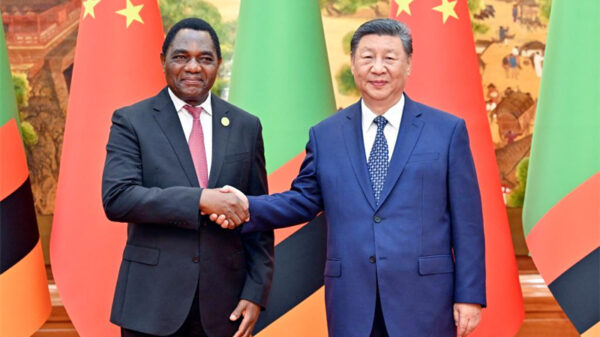NAIROBI, Kenya, May 16 – The Energy and Petroleum Regulatory Authority (EPRA) has today launched guidelines on Green Hydrogen and its Derivatives, activating a new commercial subsector dealing in green hydrogen.
The guidelines enumerate steps and timelines that will make it easy for investors to set up operations anywhere in the country.
There currently exists no legal framework specific to the development of green hydrogen and its derivatives in the country, and the guidelines provide a roadmap that will help to kick-start its production and use.
They have defined the sustainability criteria for green hydrogen and its derivatives, provided for a streamlined approval processes to catalyse project development, established a framework for project monitoring, and facilitate research, and development initiatives in the field.
Speaking during the launch, Daniel Kiptoo Bargoria, the Director General, EPRA said: “These guidelines will help us promote the production and safe handling of green hydrogen and its derivatives. This could be a major boost for renewable energy in the country, because green hydrogen can be used to store and transport clean energy, potentially creating jobs, driving economic growth, and sparking innovation.”
Currently, there are investors who have expressed interest to develop green hydrogen and or transform its derivatives, and they have received approvals from the Ministry of Energy and Petroleum.
The government is also keen on wooing more investors, and is developing an atlas for green hydrogen.
Investors can also apply for their areas of interest to be gazetted as Special Economic Zones, attracting benefits such as tax incentives.
The energy sector plays a crucial role in facilitating the achievement of both domestic objectives outlined in Kenya Vision 2030 and global commitments, such as the Sustainable Development Goals (SDGs), climate accords like the Paris Agreement, and the broader Africa Agenda 2063.
The roadmap indicates that Kenya possesses ample renewable energy resources to support large-scale green hydrogen production without negatively impacting electricity consumers’ access and supply.
Currently, Kenya produces more than 92 percent of its electricity from hydropower, geothermal energy, solar and wind energy and biomass.
According to the International Energy Agency, Africa is tipped to have the potential to produce 5 000 megatonnes of hydrogen per year at less than USD 2 per kilogramme—equivalent to global total energy supply today.
















































